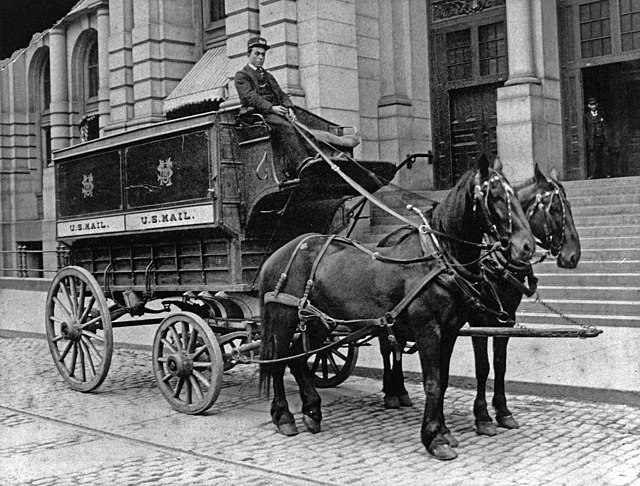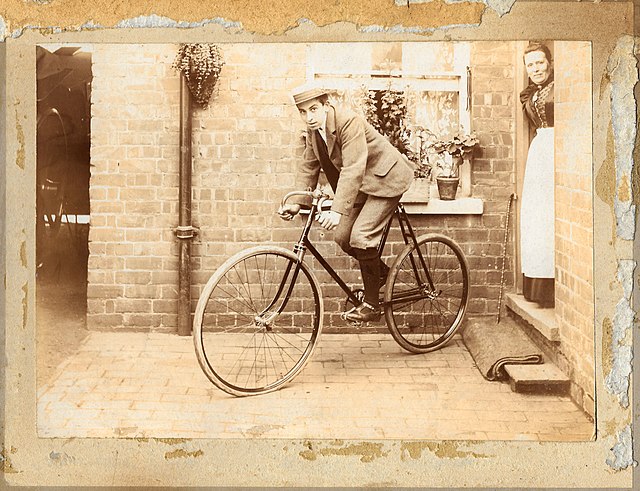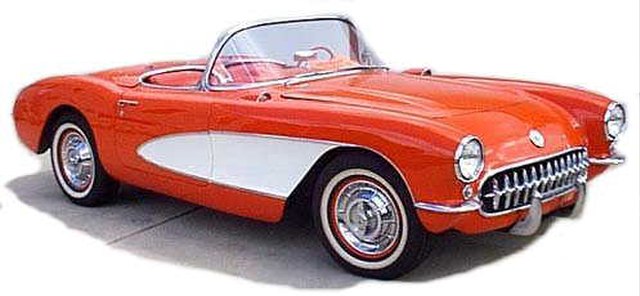
Monday, April 3, 2023
Mostly sunny. High 59 degrees.
Notices
Our calendar has lots of local events! Click on the link or the lady in the upper righthand corner to look.
There will be a Community Board 7 full board meeting on Tuesday, April 4th at 6:30 p.m. on Zoom. To gain access, sign up to speak, or read the resolutions that will be considered in advance, click the following links: Register for the meeting | Sign up to speak | Proposed Resolutions. The agenda is posted on the CB 7 website here. Note: a Transportation Committee resolution asking the Department of Transportation for a “plan and proposal” for east-west protected bike lanes every 10 blocks will be discussed and voted on. Members of the public can speak before the vote. Sign up above. Also, the new resolution regarding the planned safe haven on West 83rd Street will be read at the beginning of the meeting, but will not be considered or voted on until a public hearing on May 2nd.

Future History
By Carol Tannenhauser
As the Upper West Side considers expanding its bicycle infrastructure, adding more dedicated bike lanes, I’ve been thinking about where we are and how we arrived here. Once, New Yorkers traveled the streets by horse or horse-drawn vehicles – and sometimes on bicycles (invented in the early 1800s). Then came cars. And trucks. And electric bicycles. Now, there’s a movement to promote more two-wheeled traffic, at the expense (according to car owners) of the automobile. I’ve wondered if we’re on the cusp of another major shift. Researching that history took me down a fascinating rabbit hole, where I learned not only how the Brooklyn Dodgers got their name (it’s transportation related), but the original function of a fundamental architectural feature of the city, prevalent on the Upper West Side: the stoop.
“This was a design necessity,” The New Yorker wrote in 2009, “allowing a homeowner to rise above the sea of horse manure” that carpeted city streets, roughly from 1815 to 1915. In 1898, one commentator predicted that, if horses continued to “go” at the rate they were going — droppings totaling 45,000 tons a month — “by 1930 horse manure would reach the level of Manhattan’s third-story windows.”
Auto enthusiasts dreamed of a horseless city, wrote Today in Technology in 2017, “with streets, clean, dustless and odorless, with light, rubber-tired vehicles moving swiftly and noiselessly over their smooth expanse.” The automobile, they said, would eliminate “a greater part of the nervousness, distraction, and strain of modern metropolitan life.”

I sometimes find myself thinking about modern times from the perspective of the future. How will these days be described in textbooks 100 years from now? Here’s my version:
In the early 21st century, the battle for public space intensified. Antagonism between car owners, cyclists, and pedestrians grew. Following the Pandemic of 2020, biking gained in popularity while climate change, congestion and crashes contributed to calls for curtailing or eliminating cars. Car owners – though not well organized — pushed back, calling their vehicles essential for getting to work, friends, sick relatives, and second homes. Bikers worked to build a network of protected bike lanes, often at the expense of parking. Meanwhile, pedestrians complained that none of the wheeled vehicles obeyed the law, and, just yesterday, they came this close to being hit by a….(fill in the blank).
How will this chapter end? We know how the age of horses did. “Almost overnight, the crisis [of horse manure] passed,” wrote The New Yorker. “This was not brought about by regulation or by government policy. Instead, it was technological innovation that made the difference. With electrification and the development of the internal-combustion engine, there were new ways to move people and goods around. By 1912, autos in New York outnumbered horses, and in 1917 the city’s last horse-drawn streetcar made its final run.”
What will be the next transportation breakthrough that will free us from our current gridlock? It must be bold and go where no other man [or woman] has gone before…
Beam me up, Scotty!









I think in the distant future people will be surprised that internal combustion engine waste products were just released into the air that people breath. It will seem as ridiculous as releasing waste products into the drinking water supply.
Do a little research into the amounts of horse manure on our streets before the car arrived.
(And into the safety issues. The fact is that death rates then were worse)
And in fact, with unleaded gas, more efficient engines, and the catalytic converter, much of the concern about waste production has been addressed.
i’d go for horses in lieu of bicycles 🙂
Me, too!!! Any day …
Dibs on the giant pooper scooper sales concession.
More bikes less cars!
David,
Actually in NYC bike usage doesn’t replace car usage – bikes replace use of subway or bus mass transit.
So bicycles siphon from mass transit.
Plus most Manhattan traffic is commercial – Uber, construction, service, delivery.
Way to reduce vehicles is: knock down high rise buildings; curtail ecommerce ordering; cut Uber; and offer cheaper and better bus and subway.
Agreed. I used to take the subway to my office every day – now I bike to and from work. I only use my car for trips outside of the city – weekend getaways or the occasional Costco run.
Bike lanes were 100% necessary on Columbus and Amsterdam.
Beyond that there remains no reason why prudent riders can’t use the streets.
The biggest problems created by irresponsible drivers and bike operators ought to be solved through enforcement because they threaten everyone, including other drivers.
And getting private cars off the streets is only going to lead to faster and more irresponsible driving by commercial drivers, who cause most of the deaths in our community.
Until they make some rules for bike riders they are nothing but a hazard they should stop at light and travel one way on one way streets.
sad to see that we were willing to buck tradition of horses and bicycles 100 years ago but no so much with automobiles today. people are trying to get out and get around in a healthy way for themselves and the environment (yes, even if they replace transit trips).
though i dont get why we cant just allow cyclists to use the cross-streets, and enforce the rules of the road…the big problem is that drivers are impatient and pass illegally, creating dangerous conditions for cyclists, necessitating these separated lanes. if only people would just slow down…
one more thing: my fellow drivers are some of the whiniest bunch ive ever seen. a bike lane on a street is harmful to you as a car owner? this is manhattan, there are plenty of places to garage your damn car…youre already sunk in on an auto loan + taxes and interest, insurance and gas, whats another $500?? if you cant afford it theres plenty of cheaper options, like cycling!
I think what the article is saying is we weren’t so much “willing to buck tradition” in the past, as we were willing to take on a new technology that replaced the horse and buggy. One of the biggest problems we face is that bicycles, for all their benefits, just aren’t replacements for covered, sheltered, multi-person vehicles that are used for freight transport and long-distance travel. And yet there is a pro-bike, anti-car movement that seems to view removal of car/truck infrastructure as perfectly counteracted by installation of bike infrastructure. A lot can be covered by bikes, buses and trains, but only using those would be a more limited transportation network than we’ve seen in centuries. So I agree with the article that I’m interested to see new technologies.
With a name like “Nevada Rancher” figures your pro-bicycle stance comes from someone who doesn’t even live in NYC!! Jeez how many folks are on the Trans Alt payroll??
Re: “Once, New Yorkers traveled the streets by horse or horse-drawn vehicles … Then came cars. And trucks….. “. Ooops, ya left out TROLLEYS! Here’s a quote from “Village Preservation” blog:.. “(it was) 1909 when electric trolleys (appeared) in … all five boroughs.”
In fact, the baseball “Dodgers” somewhat weird name was originally “The Trolley Dodgers”, so called because crossing streets near their stadium was perilous!
Oh, yes: Judy Garland’s famed “Trolley Song” didn’t appear until decades later in the 1944 film “Meet Me In St. Louis”.